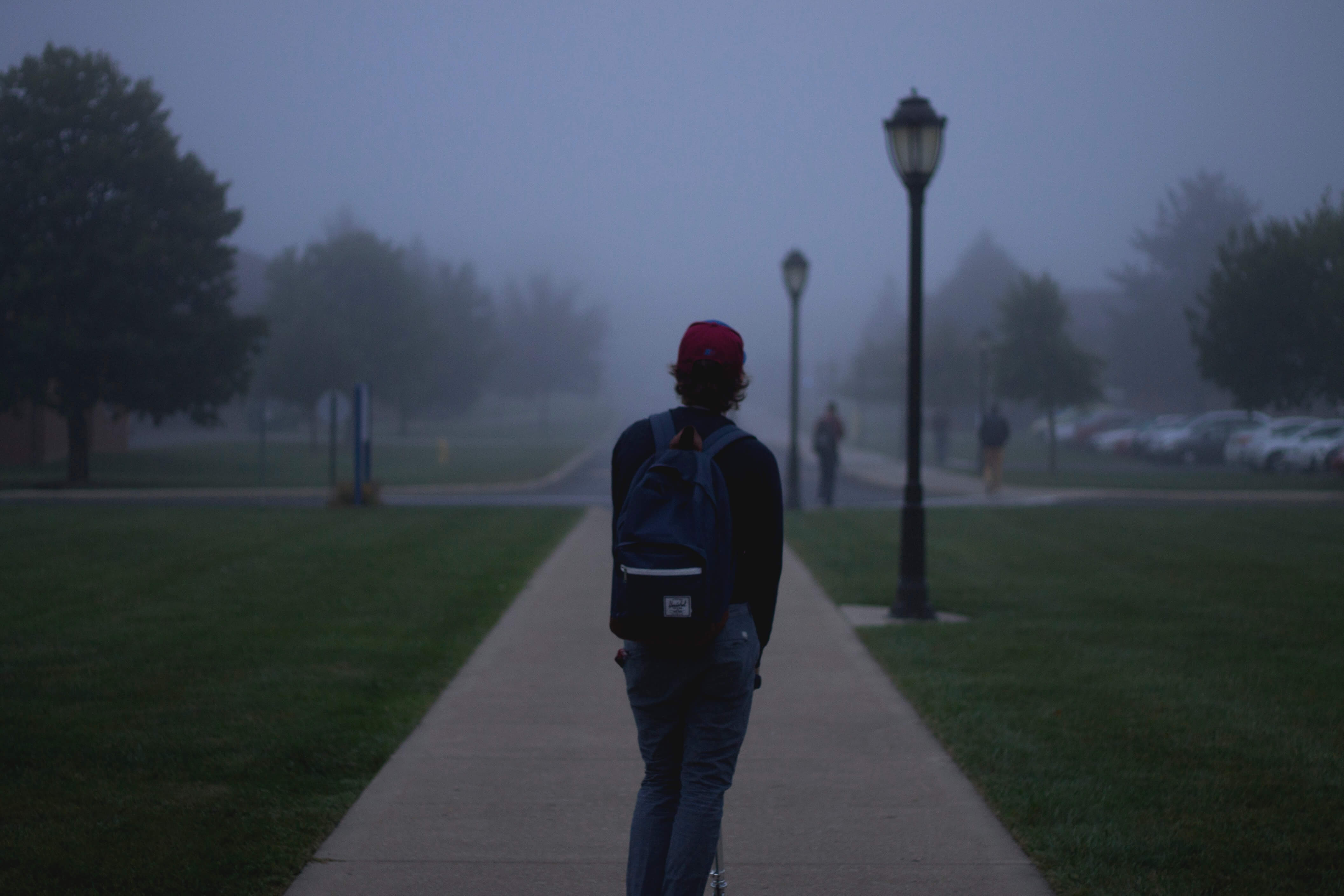Natalia Dyer and Charlie Heaton of the Netflix hit “Stranger Things” Take Lie Detector Tests

Would a polygraph test like this really work??
By Russ Warner, Marketing —
You may have seen the recent Vanity Fair video showing Natalia Dyer and Charlie Heaton of Stranger Things participating in a polygraph examination. With the spotlight on Stranger Things, it seemed like good fun.
Watch on YouTube.
One of the questions asked by Natalia was whether Charlie likes fish and chips versus hamburgers and fries. (By the way, Charlie is from England.) He was also asked about being a rock star and having superpowers.
Charlie asked Natalia about her biggest celebrity crushes, her first impression of Charlie, and her favorite TV shows as a child, among other silly things.
In spite of the fun, these polygraph examinations were far from valid. Let’s see why.
No competent polygraph examiner would allow an examinee to move around as much as Charlie and Natalia did during their exams. Movement makes very hard to get good data from the sensors. Without good data, test results would be invalid.
During the exams, sensors are to be attached to the upper chest and mid-abdomen (respiration patterns), a blood pressure cuff should be attached to the bicep (blood pressure changes), a sensor is attached to the index finger (monitor the pulse), and another to the ring finger (detect sweat).
The blood pressure cuff on Charlie’s and Natalia’s arm did not seem to be inflated. That means it was not gathering data.
There were too many questions. A valid examination focuses on three relevant questions max. Charlie and Natalia were asked about dozens of topics.
Charlie’s and Natalia’s responses to questions were excessively long (i.e., sentences). A valid polygraph requires simple “yes” or “no” responses to minimize movement and breathing changes.
The questions were asked too quickly—about every 5 seconds. In a standard test, the examiner waits up to 30 seconds for a response to each question to allow time to observe physiological changes.
The examiner should ask relevant questions more than one time each. That allows for more consistent data to be gathered. That would improve accuracy. This was not done.
A standard polygraph examination might take 90 minutes to administer. These tests were much shorter and would not facilitate gathering good data. Without that, results are of little value. But I doubt these tests were of significant value.
In summary, it might have been fun for teenagers to watch Natalia and Charlie, but these tests had no validity. Perhaps that was the point?
EyeDetect is a lie detector that measures involuntary changes in the eyes when someone is lying. It is 90 percent accurate when conducting diagnostic tests. Tests last 15 to 30 minutes.
EyeDetect tests require no sensors attached to the examinee. However, examinees should not flirt with each other during testing.
EyeDetect can be used to test for murder, assault, robbery, infidelity, illegal drug use, or any other illegal or inappropriate behavior.
EyeDetect tests are automated and are standardized. Everyone has the same experience for the sake of consistency.
I wonder if we could use EyeDetect to test the validity of the Upside Down?
Photo by / Alex Jones

